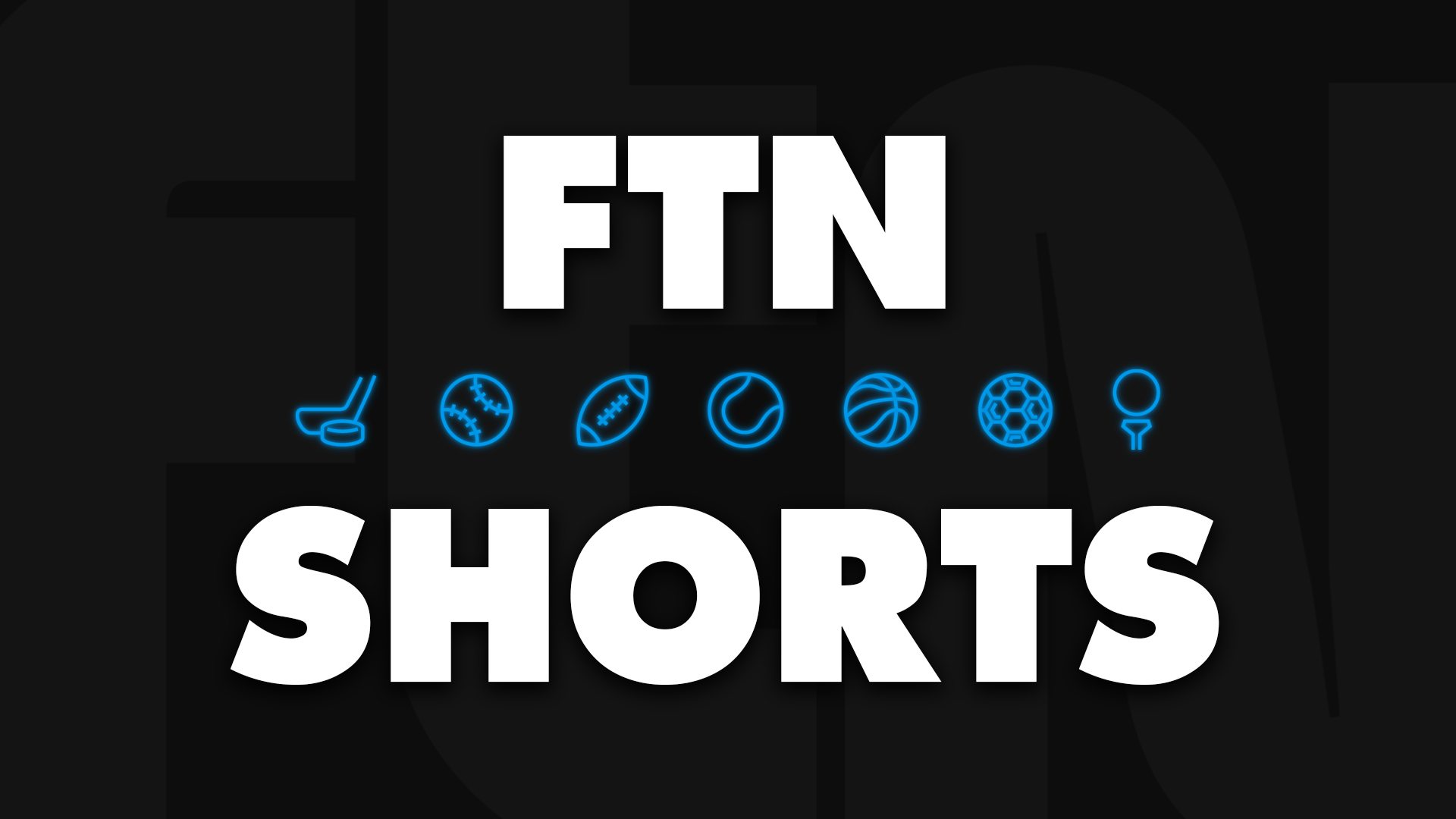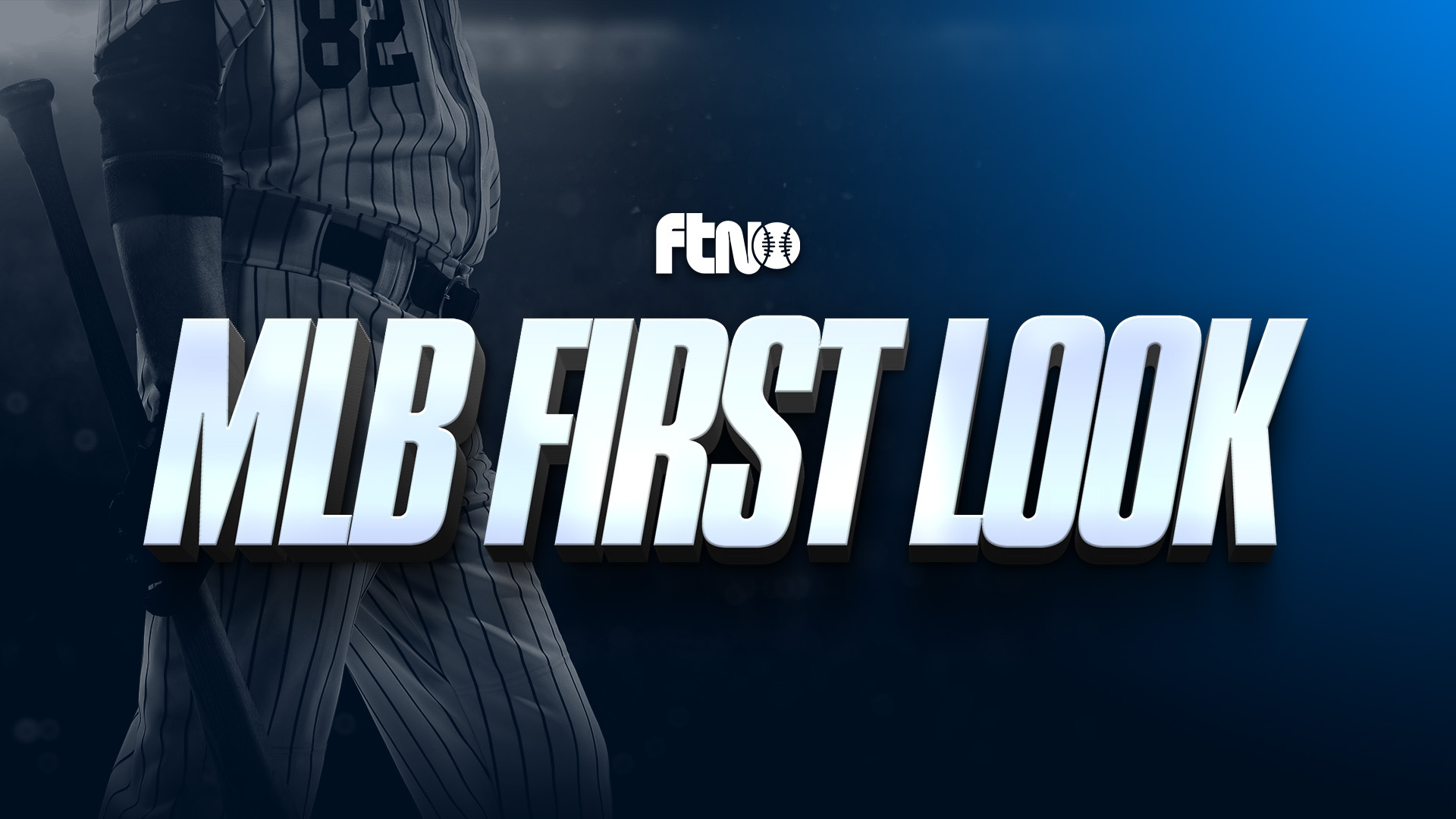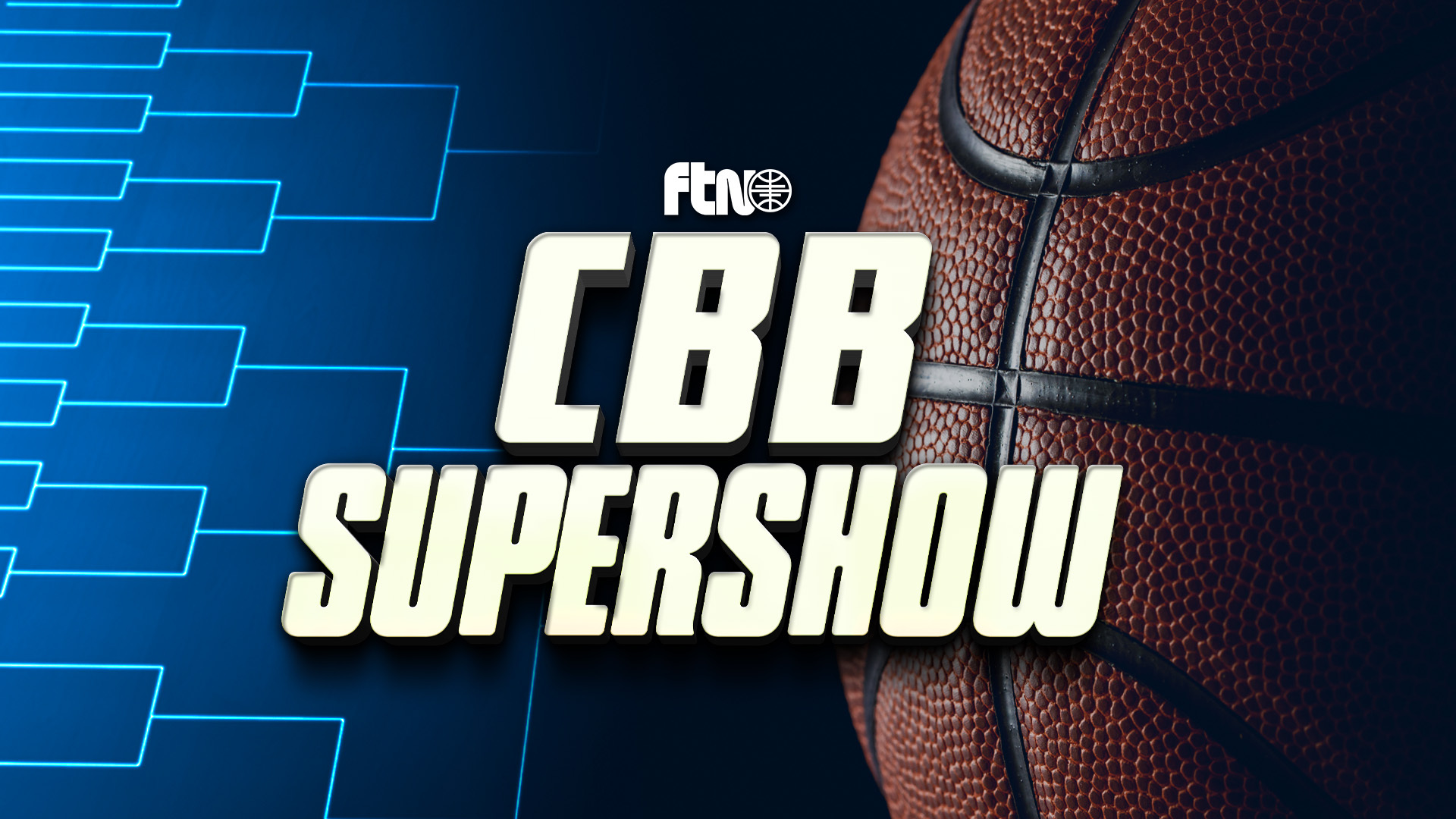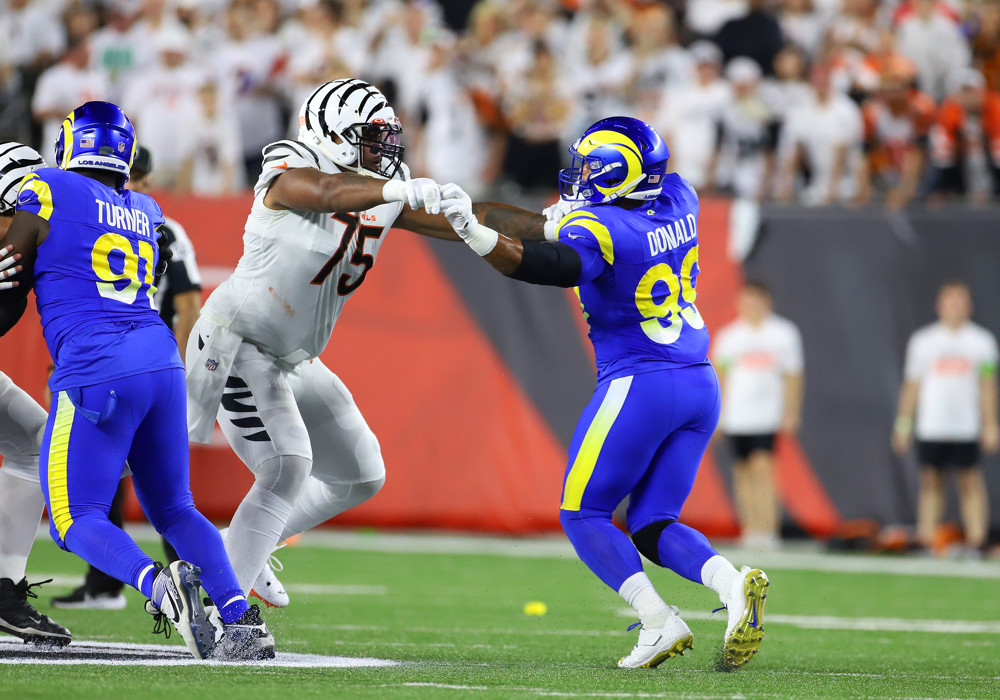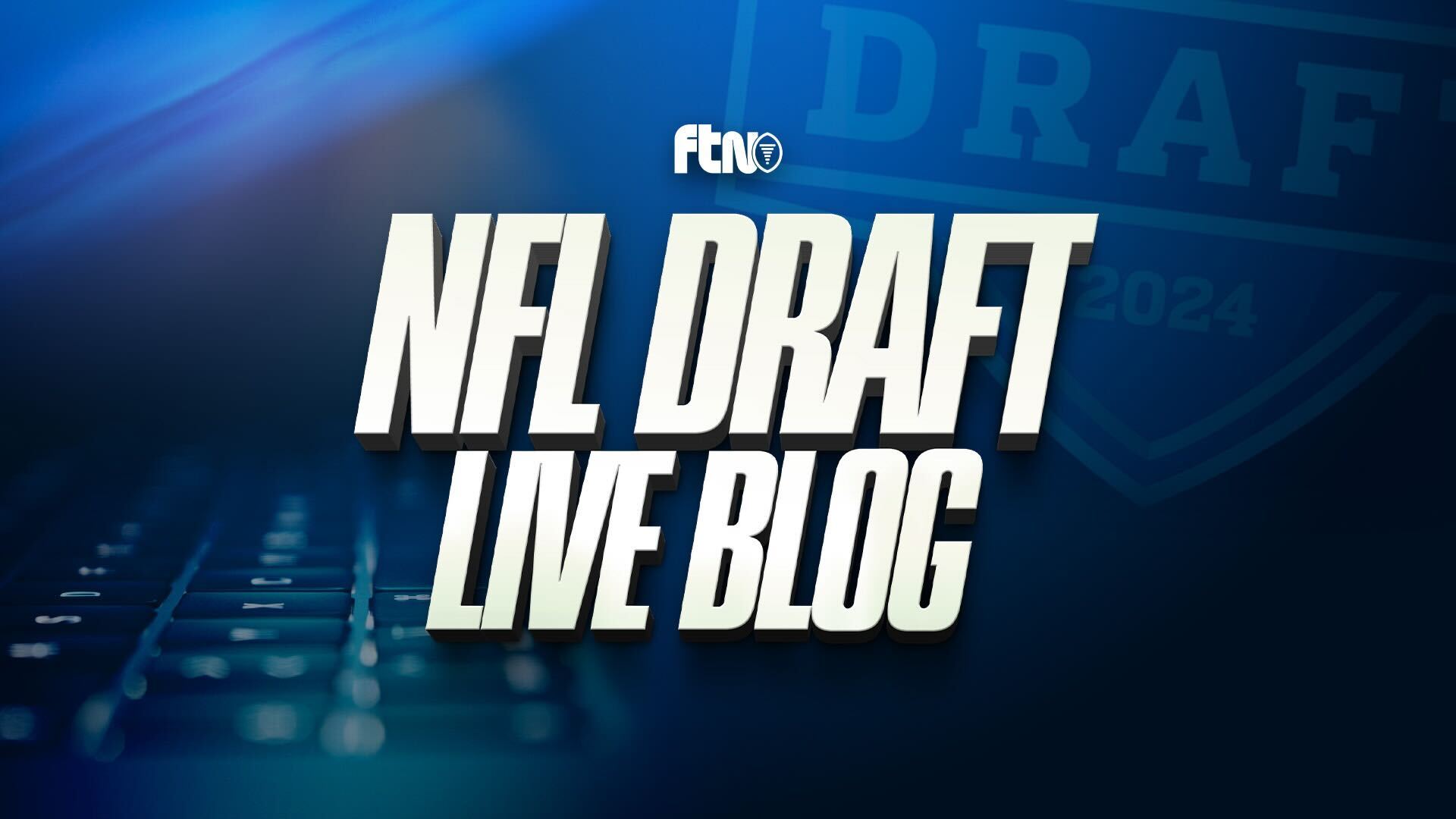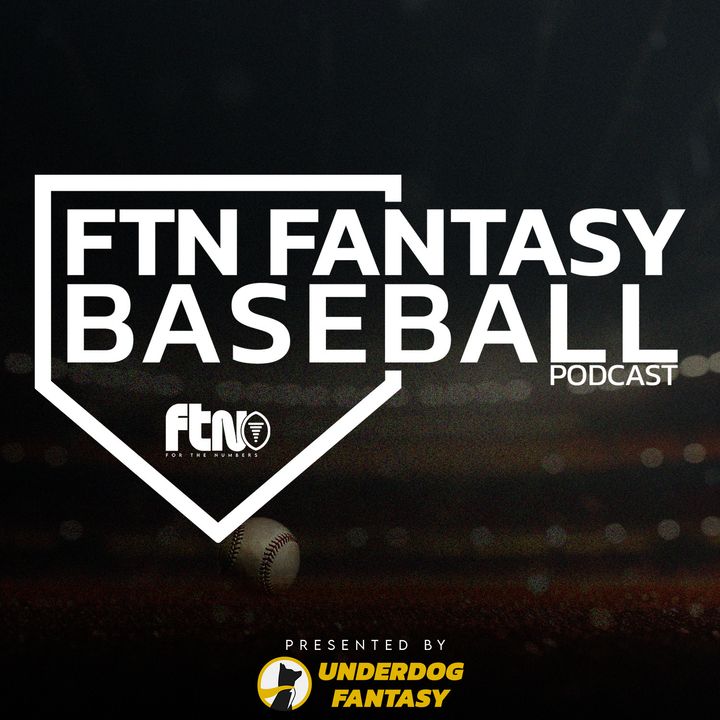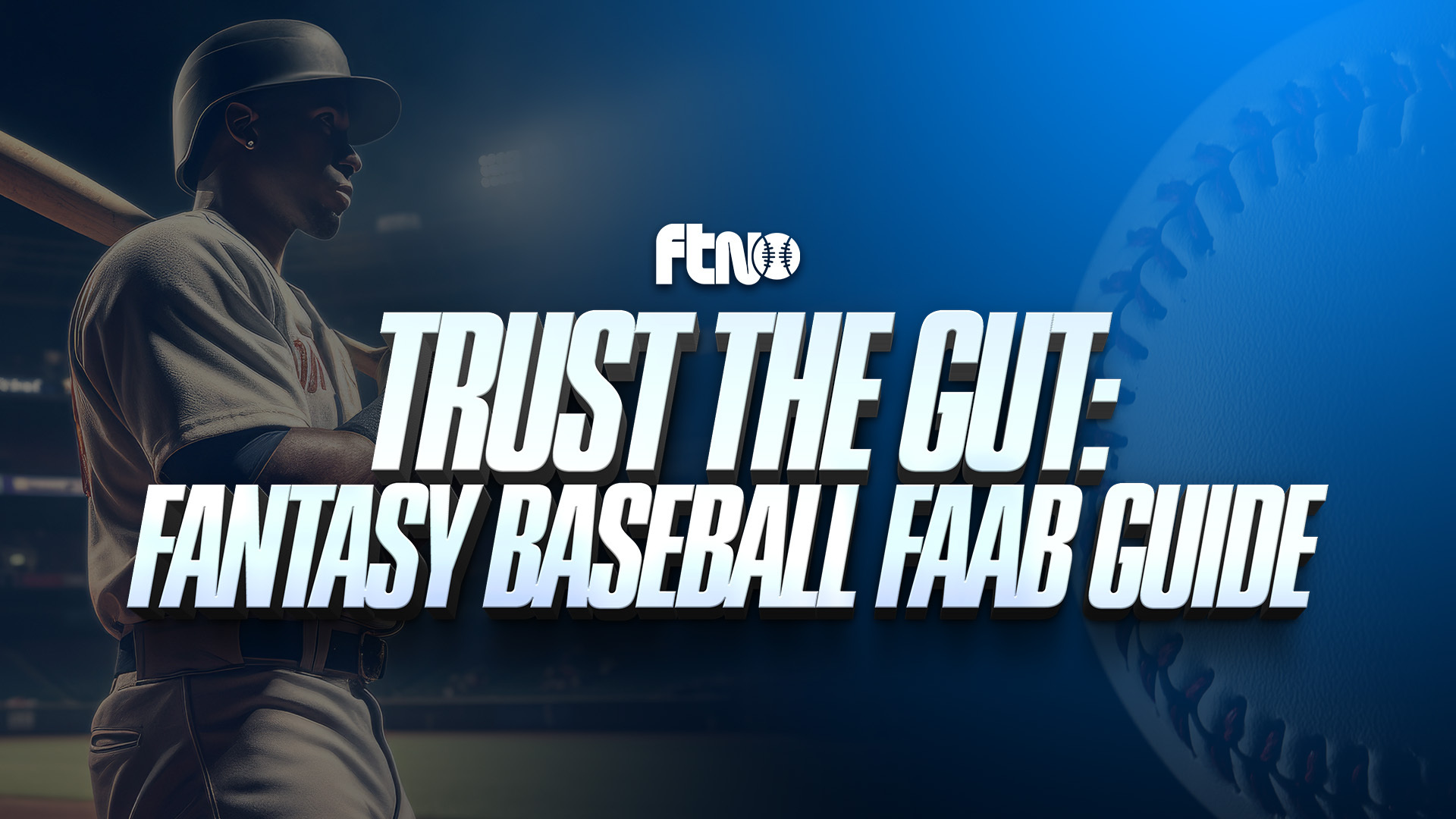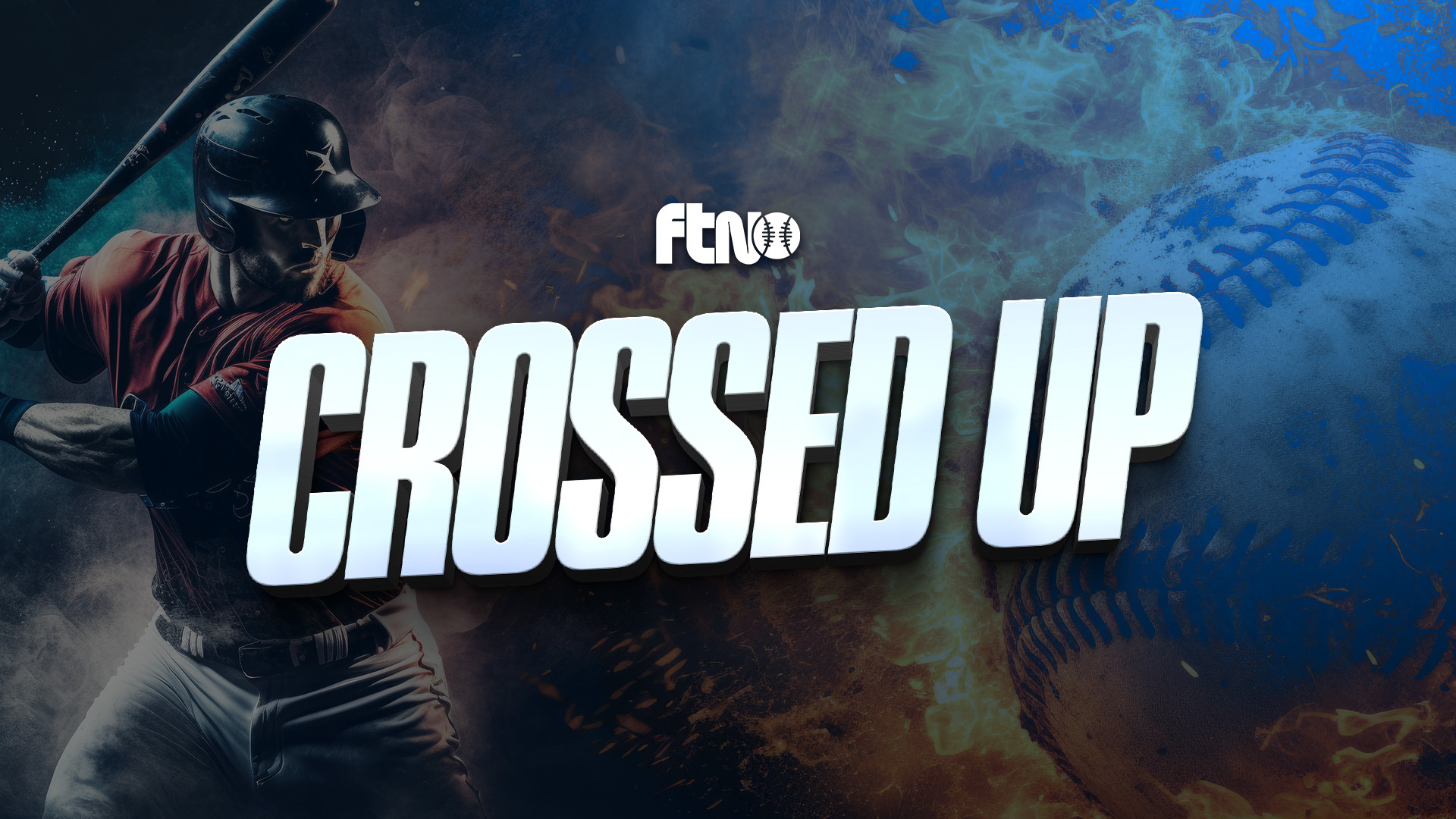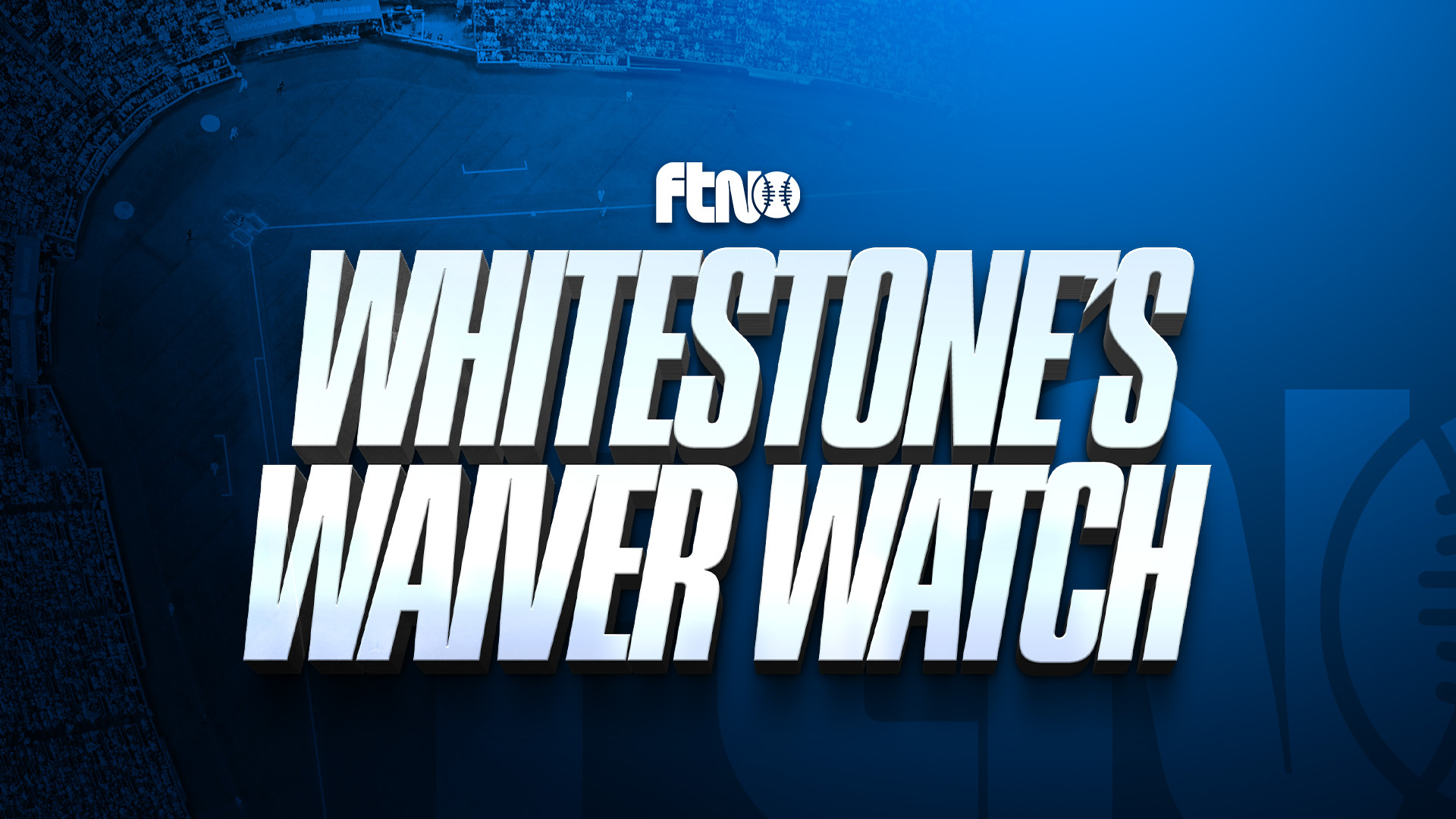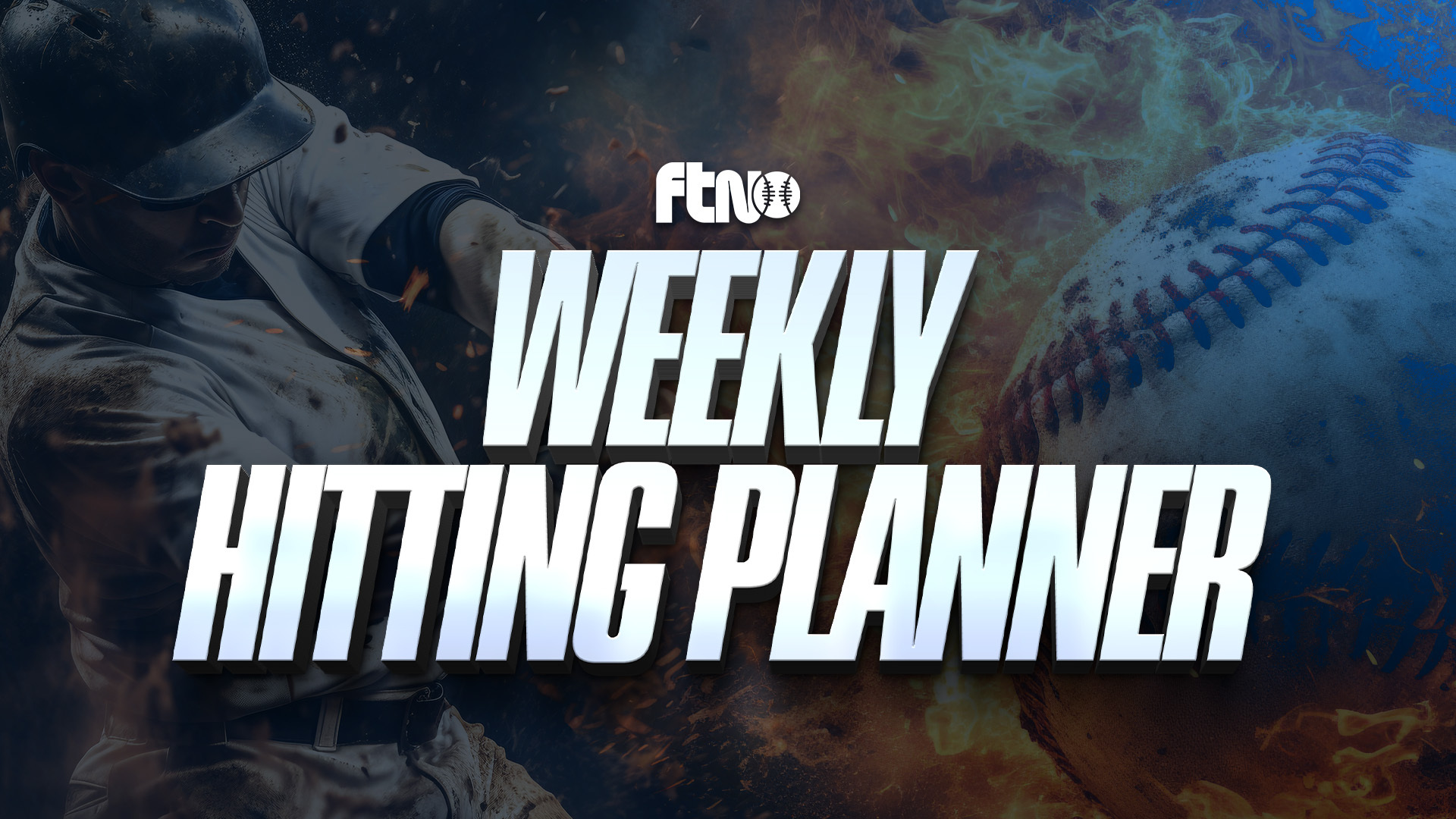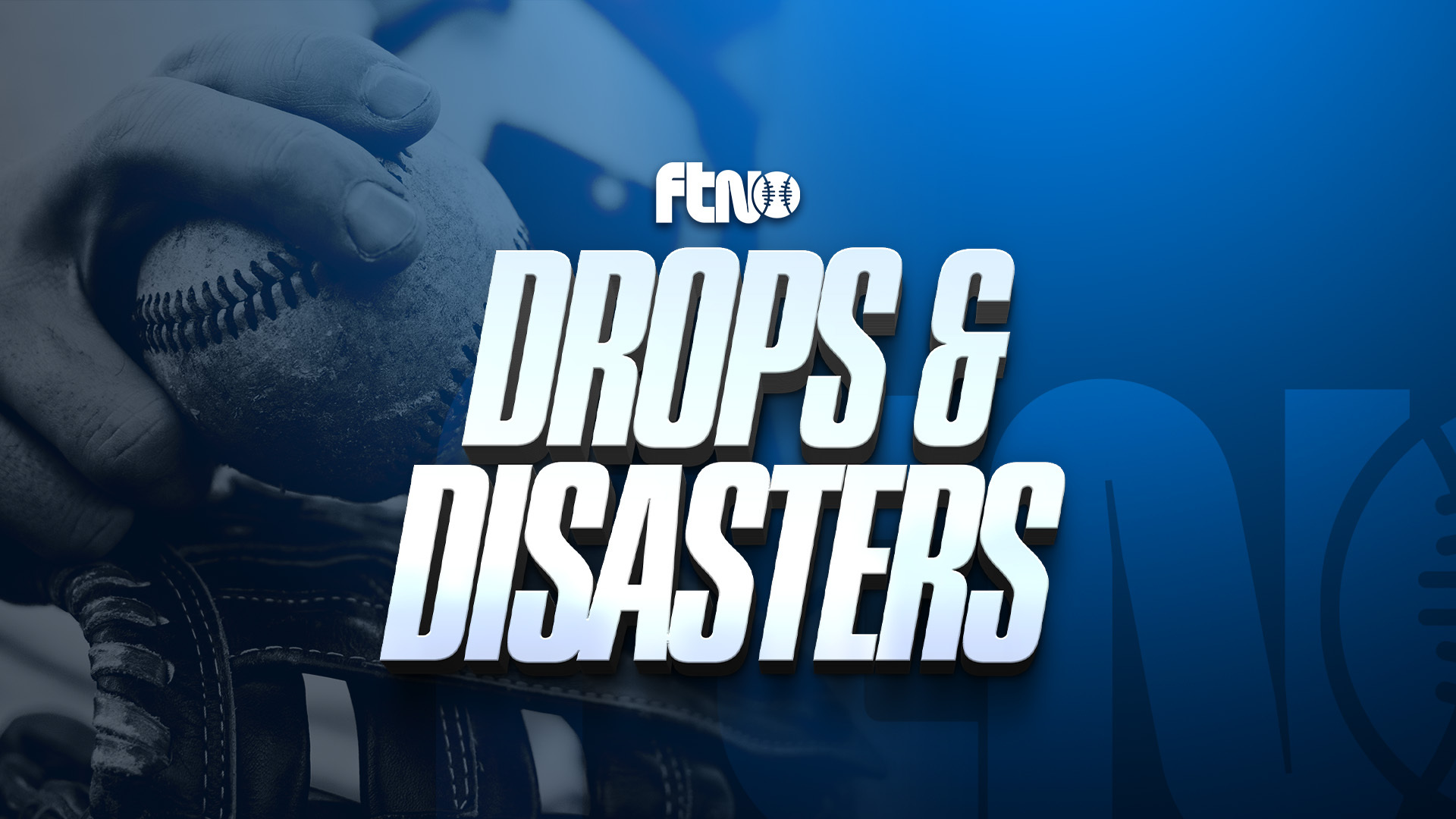
Fantasy baseball drafting season has concluded. With the start of meaningful MLB games, important considerations that have occupied an outsized portion of our collective consciousness – positional ranks, tiers and targets, sleepers and busts, and ADPs and AAVs – are fading into the deepest recesses of our minds. Now, the real grind begins.
We are embarking on six full months of real baseball, stats that count, lineup decisions to make, standings to watch, and, for NFBC leagues, weekly FAAB that often dominates our Sundays. This article introduces a new, weekly in-season column for FTN subscribers that will begin this weekend. The primary focus of the column will be on FAAB, but will not encroach upon or duplicate Vlad Sedler’s weekly, industry standard FAAB article that identifies recommended targets and provides uncannily accurate bidding advice. Rather, I’m going to be covering the other, sometimes neglected, side of FAAB transactions – the drops – in a manner complementary to Vlad’s article. Additionally, I will be highlighting upcoming pitching matchups that strike me as potential disasters that fantasy managers should at least consider avoiding. After describing below how I intend to tackle the topics of FAAB drops and potential pitching disasters, I describe the myriad factors that fantasy managers should consider in deciding which players to drop each week.
Writing About Potential Drops and Disasters
There are at least two major challenges in writing a weekly column on recommended FAAB drops. First, to my knowledge, there are no regular columns focusing on FAAB drops (if there are, apologies to any authors whose columns have escaped my attention). Thus, we will be attempting to break some new ground, and lack examples of how best to go about doing this from which we can model and modify. Second, decisions as to which players to drop in FAAB can be extremely team and league specific.
With respect to this second challenge, there’s a proverb that one man’s trash is another man’s treasure. While predating fantasy baseball by over a century, the saying is applicable to FAAB drops. Take José Caballero, for example. Caballero is projected to be the Rays’ shortstop to start the season. For at least some fantasy teams, the case for dropping Caballero is easy to make. He’s a very light hitter, projected to hit single-digit home runs that likely will be accompanied a low batting average. Caballero’s quality of contact metrics is poor, he whiffs at a fairly high rate for someone with his profile, and certainly will hit at or very near the bottom of Tampa Bay’s lineup, limiting his counting stats. It is hardly a reach to project that starting Caballero will be harmful to a fantasy team in four of the five roto hitting categories (runs, home runs, RBIs and batting average). Thus, for many managers, Caballero might be a potential drop to consider when doing FAAB. Importantly, however, for teams that are strong in those four roto hitting categories and otherwise would be weak in the fifth category – stolen bases – Caballero could be a real asset. Last season, he stole 26 bases in only 29 attempts in limited playing time and should have a green light whenever getting on base. For a speed-hungry team and in the absence of better alternatives, not only could Caballero be considered an asset, he could be a FAAB target in leagues in which he is available.
The new weekly column will identify broadly rostered players that fantasy managers should consider dropping. The word “consider” in the preceding sentence is important – I am not going to tell you to drop certain players; rather, I will make the case as to why you should evaluate certain players as potential drops. Only you know the strengths and the weaknesses of your individual teams, the other players on your rosters, the options available to you in FAAB as potential upgrades, how your teams are faring in league and categorical standings, etc. That noted, the column will provide rankings to help guide how strongly owners should consider dropping identified players in both 12- and 15-team leagues.
Following identification and discussion of potential FAAB drops the new weekly column also will highlight pitching matchups that have real disaster potential. In other words, these are starting pitchers that fantasy managers should think twice about before locking them into their starting lineups for the upcoming week. One goal I have for this section is to avoid the obvious. I am not going to write-up why managers should consider sitting marginal (or worse) starting pitchers in road starts at Coors Field (Colorado) or Great American Ball Park (Cincinnati). Rather, my intent is to identify starting pitchers who tend to be started all or most weeks, but whose scheduled pitching matchups for the following week are less than desirable and potentially disastrous to managers’ ratios. As a test of my relative success (or abject failure) in predicting disastrous pitching matchups, I will be tracking throughout the season how the identified starting pitchers performed in their highlighted matchups.

My Philosophy on Drops
While future weekly columns will focus on specific players that fantasy managers should at least consider dropping in FAAB, the remainder of this article will address my general approach and, hopefully, provide some useful context as to how potential drops should be evaluated.
Initially, the goal here is to help fantasy managers avoid “bad” player drops, while recognizing that, for every team (including mine), there probably will be drops that are regretted. There is a common refrain that if managers do not have drops that they regret, they are failing to be sufficiently aggressive in FAAB, and I think that’s correct. In NFBC leagues, managers only have seven bench spots with which to work, and FAAB is the weekly process by which rosters can be improved throughout the season. Deciding which player or players to drop can be as challenging – and consequential to the success of teams – as deciding which players to target and how much FAAB to bid on them.
My FAAB process typically starts with an evaluation of my roster in search of players that I may be willing to drop in FAAB. For each team, I try to group potential drops into two categories: (1) “definite” drops; and (2) “possible” drops. Definite drops tend to include recently injured players that are not worth stashing, players whose roles have changed for the worse (hitters losing plate appearances, pitchers losing their roles in the rotation or as their teams’ closers) and marginal players whose performance has been so underwhelming that definitive upgrades are readily available in FAAB. Possible drops typically will include non-active players with real upside (who are injured, in the minors, or unsigned), as well as marginal (or “non-core”) players whose performance is disappointing to the point where I am open to moving on from them but feel no pressure to do so in the absence of clearly preferable alternatives.
After identifying definite and possible drops, I review each of my teams’ likely lineups for the coming week. This includes: (1) making sure I have active hitters for every slot and evaluating their number of games and the projected opposing pitching matchups for the Monday-Thursday and the Friday-Sunday scoring periods; and (2) evaluating the upcoming matchups for all of my pitchers and ensuring that there are at least nine that I feel comfortable starting. For the early portion of the season, I tend to focus on starting my best players for each scoring period; later in the season, this evaluation becomes increasingly standings specific. The process of planning the following week’s starting lineup helps to inform decisions on my possible drops.
Following this analysis of my existing roster, I then turn to identifying FAAB targets, ensuring that I acquire upgrades for my definite drops and then evaluating which of my possible drops, if any, should be included in bid strings. This process tends to be very player, team and league specific, but here are some of the questions that fantasy managers may wish to consider in evaluating potential drops:
- Is the potential drop integral to your team? Is he one of your core players enduring a temporary slump or a marginal player for whom one or more alternatives available in FAAB would represent a clear upgrade? How do that player’s rest-of-season projections compare to other potential drops on your roster as well as potential FAAB targets? While hardly determinative, is the potential drop a player that will linger in FAAB for weeks or will he generate multiple competing bids and be snatched up the following week?
- For injured players being stashed, what is the current timeframe for that player’s return to the lineup? Has anything changed over the past week? A prior decision to stash a player should be re-evaluated every week. For instance, the fact that you stashed an injured player for three weeks does not automatically mean that you should continue stashing that player for another three weeks. Maybe the duration of the player’s recovery has shifted, or there are increased concerns about whether he will return to his optimal performance level. Perhaps, due to the performance of his replacement, the injured player’s future role and playing time now is less secure. It also is possible that a stash that made sense when he was your only injured player is not as easily justifiable when there are two other, better players on your team that now are injured and more deserving of being stashed.
- How unique is the potential drop’s skillset? Can that player’s statistical contributions be reacquired through another player in future weeks? For instance, “empty” power or speed usually is replaceable in FAAB, whereas strong contributors to multiple categories – particularly the ratio categories (batting average, ERA and WHIP) – are much rarer. Before dropping a player, fantasy managers should undertake a fair evaluation of the player in question – noting his strengths and weaknesses – as well as his potential upside. For me, a struggling player with a high upside is a much tougher drop than a struggling player with a more limited upside.
- Is the potential drop being started regularly or someone that a fantasy manager is employing only periodically? For instance, an astute fantasy manager may wind up with seven strong outfielders, resulting in at least one of them frequently being benched. While the manager may not wish to drop a solid outfielder, that reluctance has to be weighed against the loss of flexibility in FAAB by dedicating a bench spot to a player that starts only sparingly.
- A similar evaluation that fantasy managers should undertake every week involves the upcoming projected matchups for starting pitchers going out at least two weeks. Most managers will roll with Zack Wheeler no matter who the Phillies are playing. If, however, one of the marginal starting pitchers on a manager’s roster has upcoming matchups against the Braves and Dodgers (or other tough opponents likely to result in that pitcher staying on the bench for multiple weeks), managers should consider dropping him for a player more likely to provide near-term value. (One caveat regarding this last point: in high stakes leagues, decent starting pitching is a precious commodity and, therefore, if dropping one of my starters I will be heavily motivated to replace him with another starter.)
- How does the potential drop mesh with a team’s strengths and weaknesses? This consideration will become increasingly relevant as the season unfolds. Certain players may be good in isolation, but if they are not helping in the “right” categories, their value to one fantasy manager might be less than it is for other managers. In fantasy baseball, the name of the game is maximizing your points in your league and/or an overall competition. If, for instance, a manager’s weakest category – and most realistic opportunity to gain standings points – is stolen bases, it may not be optimal to retain a middle infielder that does not run. This analysis is very team and league specific. Managers must evaluate whether a potential drop is helping where help is needed but care also must be exercised to avoid or minimize losses in other categories. Thus, if a manager is weak in stolen bases, before dropping that power-first middle infielder for a speedster, the manager should evaluate whether and to what extent that swap of players could cost points in the home run and RBI categories.
- Another consideration is the risk that the dropped player may help the competition. For instance, suppose a fantasy manager drafted three closers, acquired a fourth in FAAB, and is dominating the saves category with six weeks to go in the season. If lacking sufficient roster flexibility – perhaps due to injuries to key players – it may make sense for that manager to drop a closer. Before finalizing such a drop, however, managers should consider how it might benefit the competition. For instance, assume the manager with four closers is in first place and the second-place team is middle-of-the-pack in saves and able to gain numerous standings points with the addition of a secure closer. Assuming the manager in second place has sufficient FAAB to win that closer should he become available, the case for retaining that fourth closer becomes stronger.
Some fantasy managers spend a considerable amount of time focusing on their FAAB targets and bids for the upcoming week. Being proficient in FAAB is critical to success in NFBC leagues and, thus, such time is well spent. It is a bad process, however, to give short shrift to the drop side of such transactions. The “wrong” drop often can hurt a fantasy team as much as (if not more) than the “right” acquisition can help a team. A bad drop can also be devastating psychologically because a manager chose to discard the player who later excels (and whose improved performance serves as a daily reminder of what could have been). Unfortunately, if using FAAB actively – as one should – to try to improve your roster every week, managers will experience regrettable drops from time to time. While impossible to avoid them entirely, with increased attention and careful consideration, managers can reduce the number of regrettable drops they experience during the course of a season.






